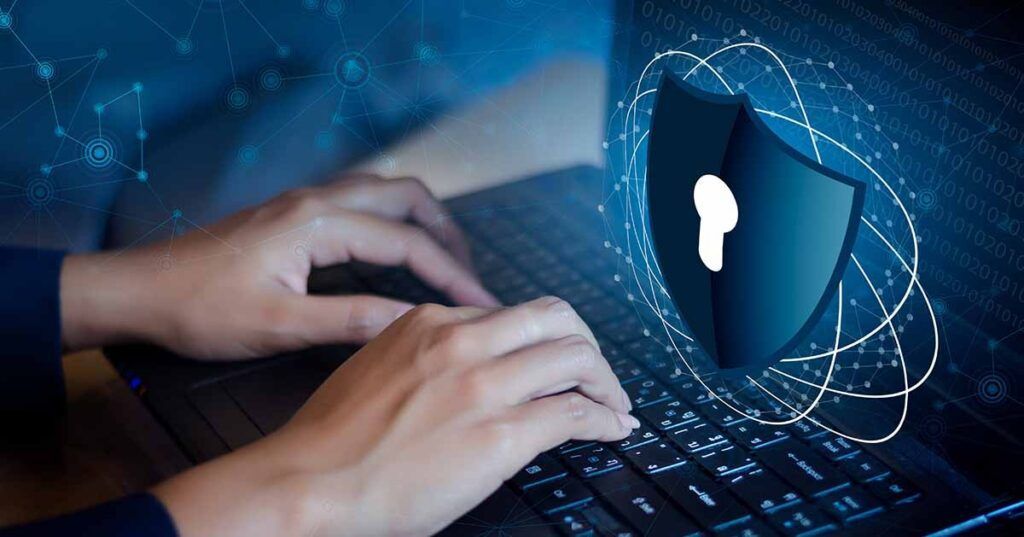Keeping your current account safe from fraud and unauthorized access is more important than ever. With so many transactions happening online and through mobile apps, it’s easy to overlook potential threats. Here are some best practices to help you protect your current account and ensure your financial security.
1. Use Strong, Unique Passwords
Your password is your first line of defense. Make sure it’s strong, using a mix of letters, numbers, and symbols. Avoid common words or easily guessable information, like birthdays. It’s also a good idea to use different passwords for each account.
2. Enable Two-Factor Authentication (2FA)
Many banks and digital current accounts offer two-factor authentication, which adds an extra layer of security. This means you’ll need to provide a second form of identification, like a text message or authentication app, in addition to your password when logging in. Enabling 2FA can significantly reduce the risk of unauthorized access.
3. Regularly Monitor Your Accounts
Keeping an eye on your transactions is crucial. Check your current account regularly for any unfamiliar activity. Most banks provide mobile apps that allow you to view your account in real-time. Set up alerts for transactions over a certain amount so you can quickly spot anything suspicious.
4. Secure Your Devices
Make sure your phone, tablet, or computer is secure. Use antivirus software and keep it updated to protect against malware. Avoid using public Wi-Fi for banking transactions, as these networks can be less secure. If you must use public Wi-Fi, consider using a VPN to encrypt your data.
5. Be Cautious with Emails and Links
Phishing scams are common and often come in the form of emails or messages that appear to be from your bank. Don’t click on links or download attachments from unknown sources. Always log in to your bank’s website directly rather than through links in emails.
6. Use Bank Alerts
Most banks offer alerts for account activity, including deposits, withdrawals, and changes to your account settings. Sign up for these alerts to stay informed about what’s happening with your current account. If you notice an alert that you didn’t expect, investigate immediately.
7. Keep Your Information Private
Be mindful of sharing your banking information. Avoid discussing sensitive details in public places or on social media. If someone asks for your account information, verify their identity before sharing anything.
8. Regularly Update Your Banking Apps
If you use a digital current account, make sure to keep your banking apps updated. Updates often include security patches that protect against vulnerabilities. Set your apps to update automatically, so you don’t miss any important fixes.
9. Review Your Statements
Take the time to review your monthly bank statements carefully. Look for any transactions that seem out of place. If you find something suspicious, contact your bank immediately to report it.
10. Report Suspicious Activity
If you suspect any fraudulent activity on your current account, report it to your bank right away. Most banks have fraud departments that can help investigate and resolve issues. Acting quickly can minimize potential losses.


